
As we move into high summer, most of the country’s gardens, pots and window-boxes are burgeoning with flowers, fruit and veg, proving that no matter how weird and frightening this year has been so far for us all, our gardens will just keep on giving, with a bit of love and encouragement from us. So let’s get on with tasks like seed-collection, looking after the tomato crop and potting on young plants………………..
Seed-collection
I know I’m always nagging you to take the dead flowers off your plants (makes the remaining flowers look better, encourages the plant to make more flowers, etc. etc.) But there is always the matter of SEEDS! Many, many annuals, trees, shrubs, alpines, grasses, perennials and vegetables will produce seeds, though only the seed from species are reliably identical to the parent plant. You can collect these seeds yourself to make more plants, and there are frankly not many achievements more satisfying for any gardener, let alone a novice, than seeing little green shoots emerging from the seed you collected with your own fair hands.
Like most things, there are a few tricks to doing this correctly. Choose a dry, still day, and go out armed with some paper envelopes or bags (i.e. not plastic ones – keep those for collecting cuttings not seeds). AND a pen/pencil – very important this, for RIGHT AWAY writing the name of the parent plant. It’s appallingly easy to forget which seed came from which plant once you’ve brought your bags back inside. Can you hear the rueful voice of someone who possesses quite a number of unnamed and therefore unknown envelopes of seed………………?
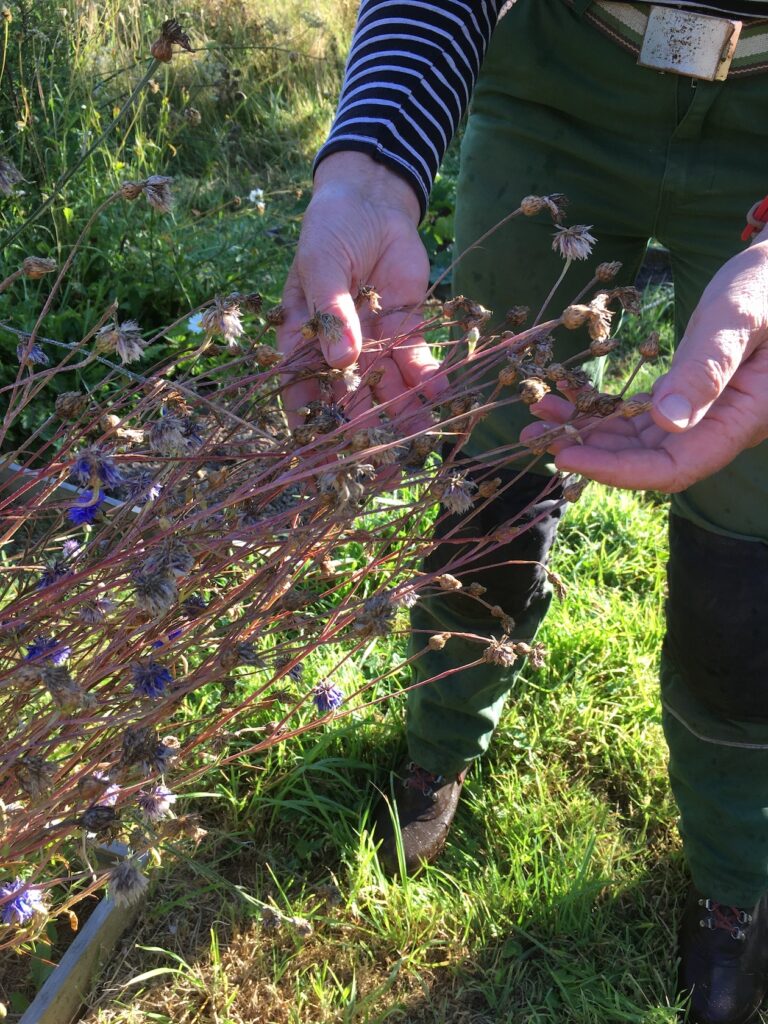
Look for seed-pods that are dry but haven’t ‘popped’ yet. I like to drop the dried pods into the envelopes, and then shuck the seeds into them once I am back at the potting bench. Label them and keep them in a tin, in a cool, dry place – lots of folk use the bottom of the fridge for this, in fact.
The seed of fleshy fruits and berries should be washed in water and dried on kitchen paper before being put into envelopes.
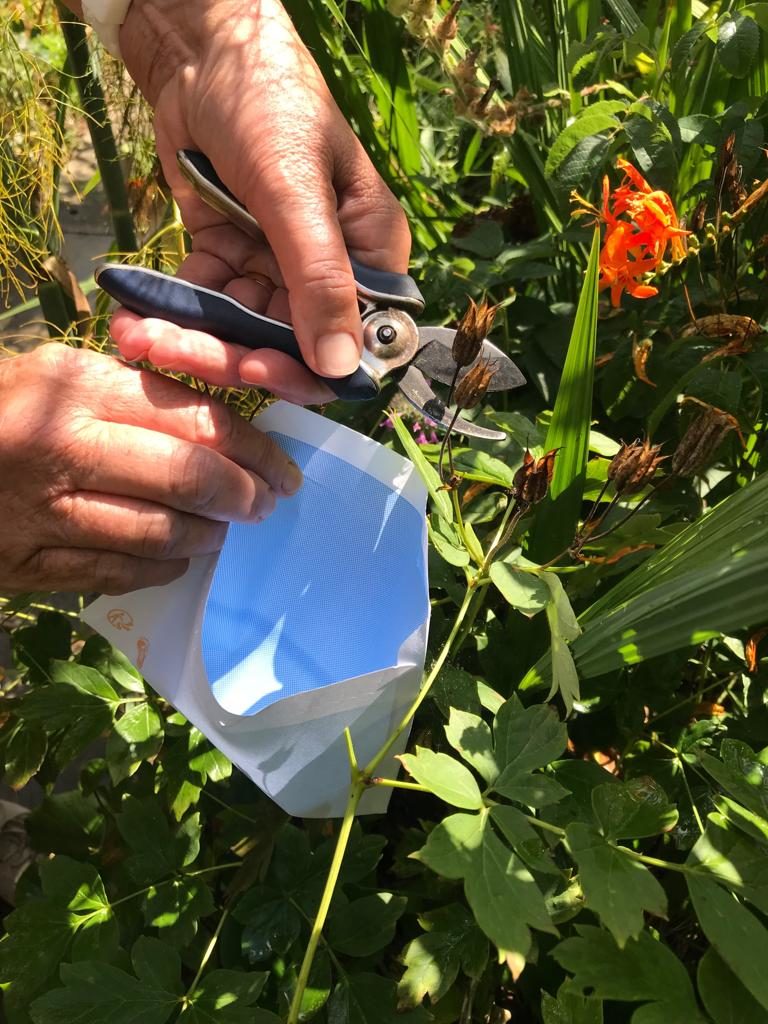
A couple more tips: I have found that marigold (Calendula) seed germinates better if I collect them when they are still quite green rather than brown.
And do try to store only the clean seeds and none of the material – ‘chaff’ – around them – when I have been in a hurry and not cleaned them properly, this chaff seems to stay damp and go mouldy which spoils the seeds.
Tending the toms
Loads more people have been growing their own veg this year which is fab, and tomatoes are definitely a favourite crop for beginner-gardeners. No shop-bought tomato can bring you the same tangy smell and flavour (and satisfaction!) as the one you pluck off your own plant. There are a few things to do to keep them productive during the growing season:
a) Keep the watering deep and regular. Periods of drought and then waterlogging can result in lots of split fruits. Water the roots, not the leaves.
b) Keep pinching out the side-shoots of cordon types like ‘Gardener’s Delight’. This is practically a daily job for me at the moment, but necessary or the plants will start to put their energies into making new leaves and stems all over the place rather than into creating luscious tomatoes for you on the main stem.
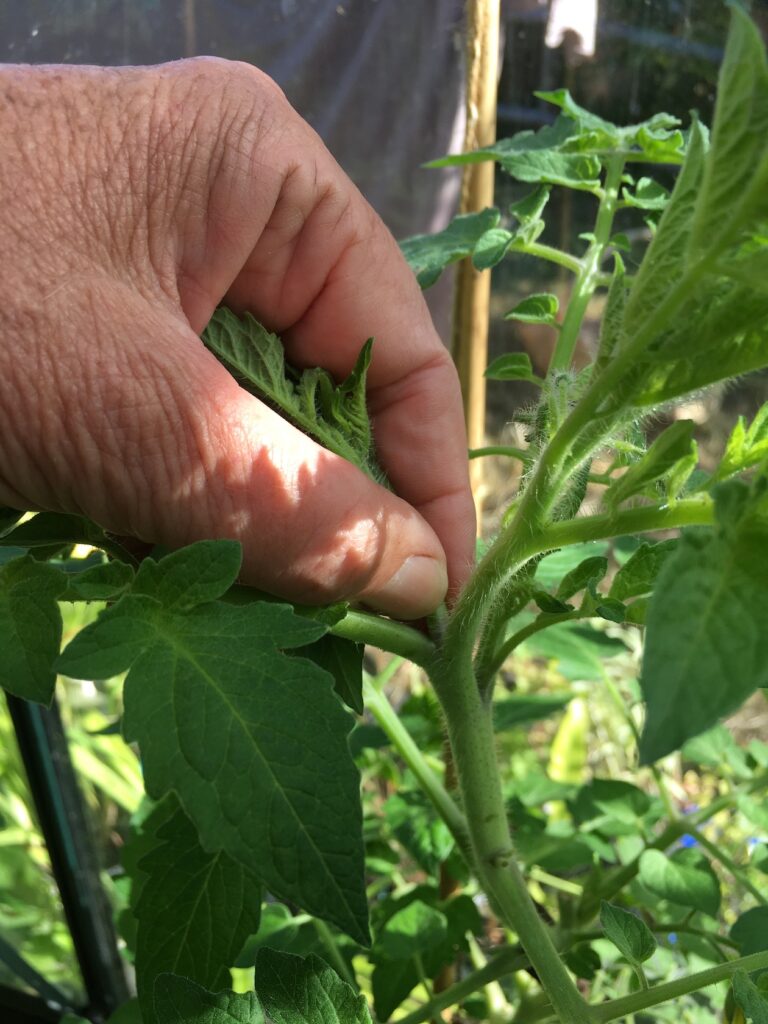
c) I like to continue feeding them with a weak liquid tomato fertiliser once a week while they are setting the fruit.
d) Ventilate the plants well if you’re growing them in a greenhouse, to try and avoid fungal problems.
e) Pinch out the tops of cordon tomatoes when they have set 6-7 trusses of fruit.
f) Cut off the leaves lower than the lowest truss of fruit to increase the flow of air and light around the stems.
All this sounds a bit of a long haul, I know, but none of these jobs are hard, and the thrill of your own tomato harvest will compensate you handsomely for your effort.
Potting-on
You may have bought some small plants earlier in the year, grown on seedlings that have now out-grown their container, have pot-bound house-plants, or be moving on rooted cuttings, but the techniques for potting-on remain the same.
Once you can see the roots are coming through the holes at the bottom of the pot, select a clean pot that is no more than twice the diameter of the original one and some fresh compost.
Water the plant well then tip it upside-down with one hand spread over the rim of the pot. Tap the rim gently if it doesn’t drop out easily.
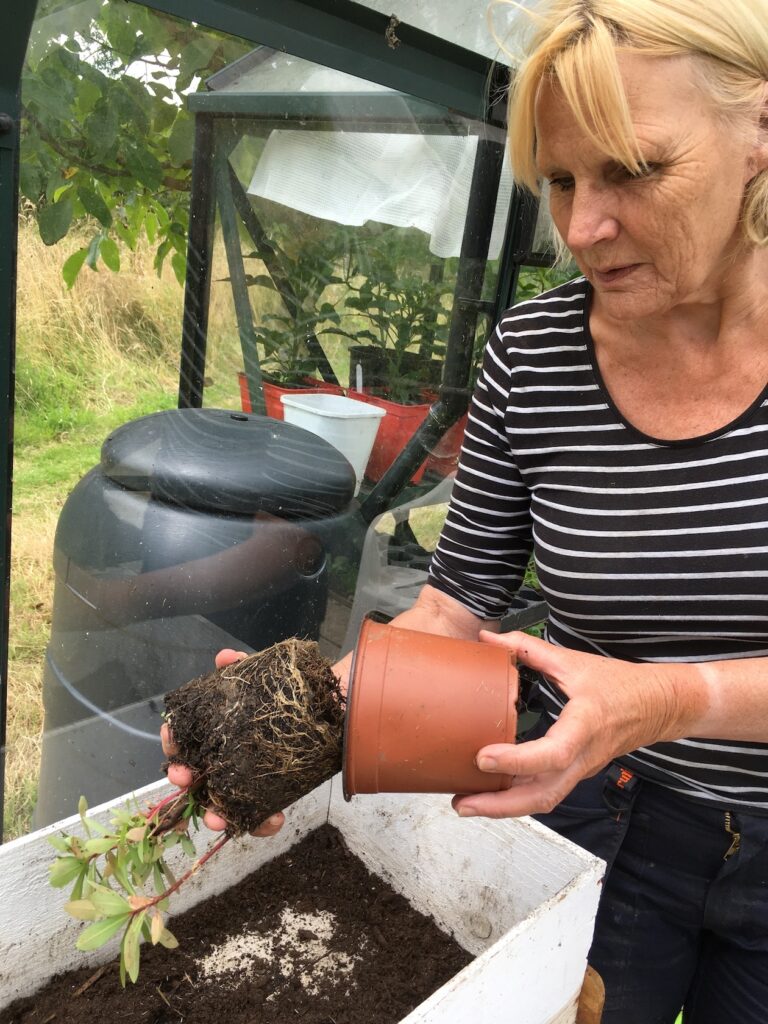
If the roots are wound round each other, tease some out and even trim some of them to encourage them to make new roots in the fresh pot.
Put the plant on a bed of compost in the centre of the new pot, and fill up the sides so that the plant sits at the same level it was before. Firm in the compost and give the pot a really good soaking to make sure the roots are in good contact with the soil of its lovely new home.
Gardening shorts
- Woolly aphid can be a problem on apple trees and where possible, I prefer to rub or brush off the white greasy fluff that protects the grubs rather than use sprays.
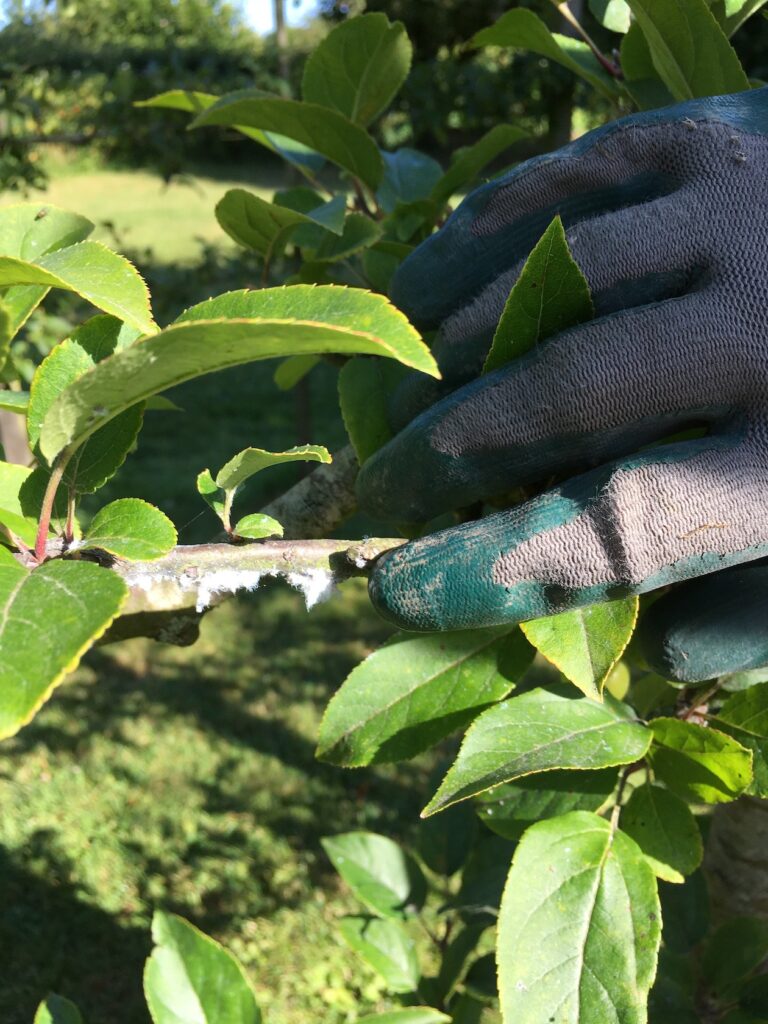
- Cutting back Group 2 Clematis – the big flowered June flowerers – to a strong pair of buds lower down the stem, can result in the production of more flowers later – hurray! – and at the very least makes the plant much tidier….
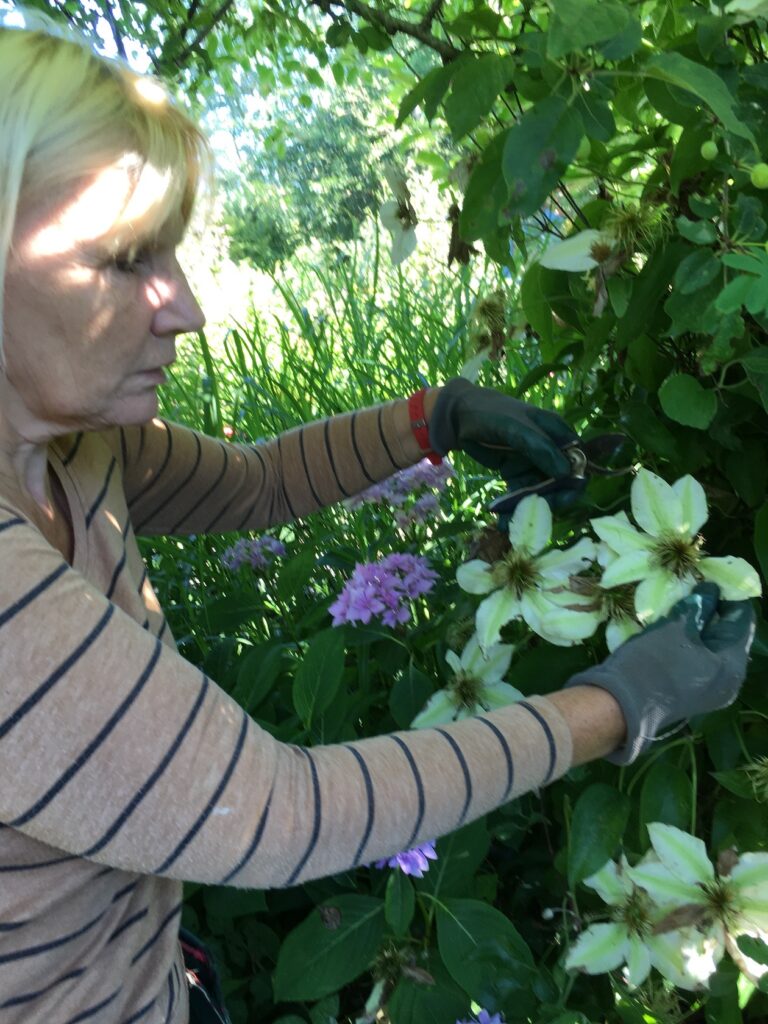
- In dry weather, Clematis, roses and honeysuckle can develop powdery mildew. Water the roots well to combat the fungus.
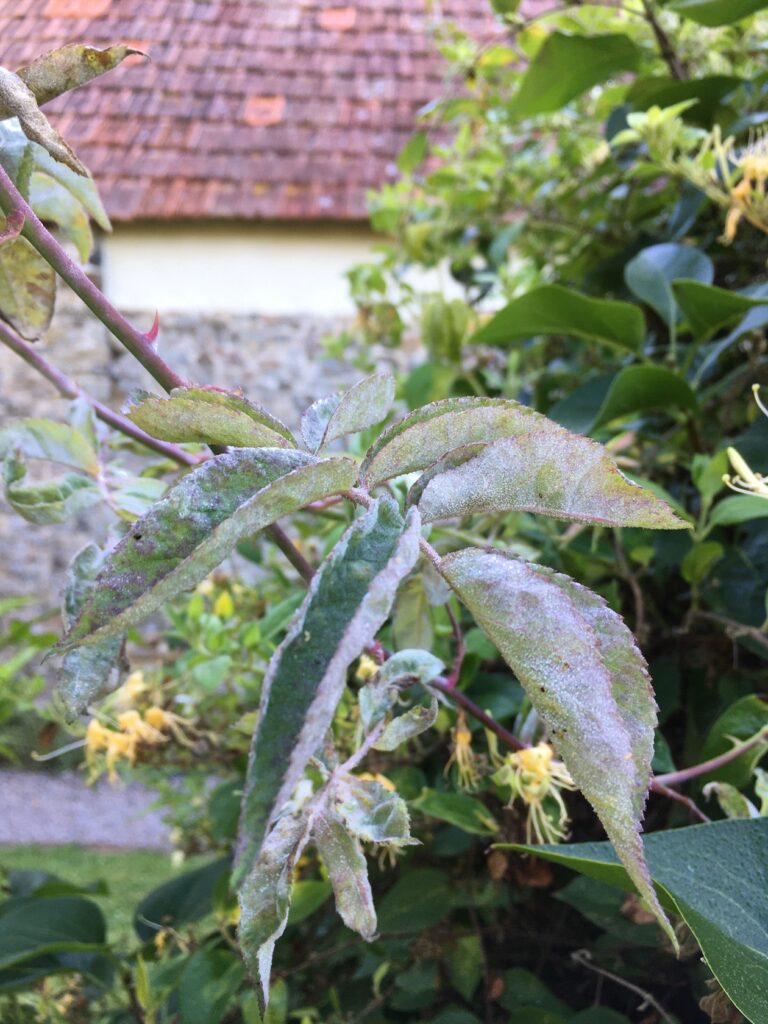
NB If you’d like a bit more gardening chit-chat from the3growbags, just enter your email address here and we’ll send you a new post every Saturday morning!
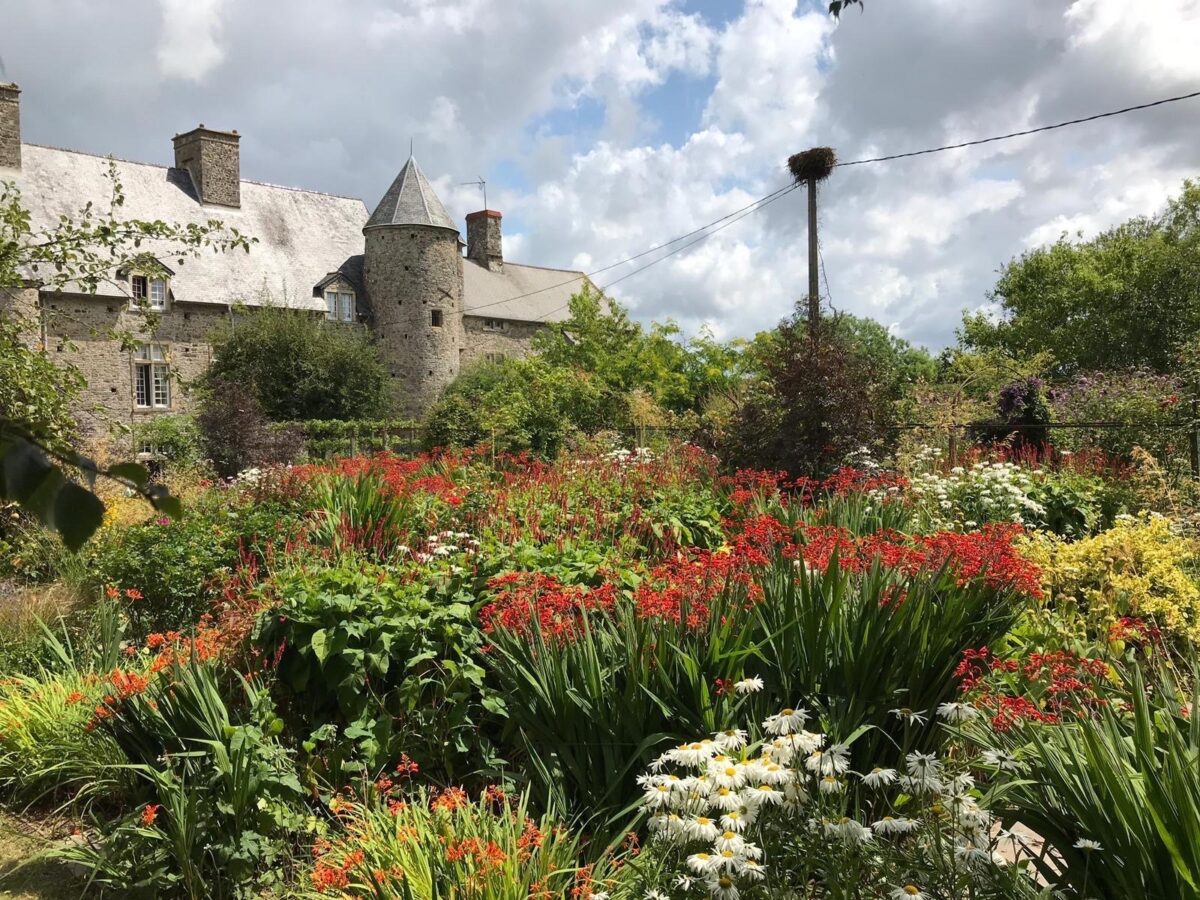
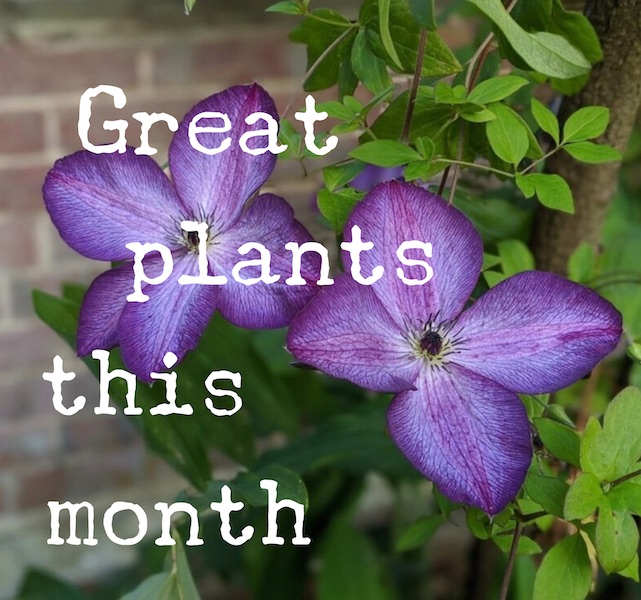
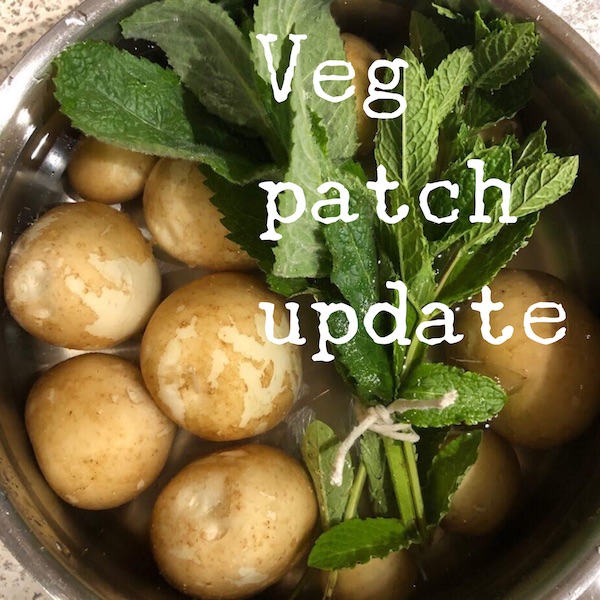
4 replies on “High summer’s here! – Grow-How tips for late July”
who is Louise Sims? A sister in law?
Hello Maureen, well Louise certainly does feel like a member of our family at times, but actually is just a really good friend. We’re so lucky to have such a wonderful plantswoman on board our blog, and the exciting news is that she is working on a book at the moment, based on a selection of her plant choices over the last four years. With best wishes Laura
Super blog, Elaine, lots of useful advice, especially on seed collecting. Doing the whole thing yourself, from gathering seeds to growing and raising your very own plants – oh, what sheer joy! You couldn’t have expressed it better. Thanks for the useful tip about Marigold seeds, though, regarding our apple trees, all we can expect this year is a harvest of tiny, golfball size apples, due to the severe lack of rain here down south.
Your ardent follower, Teda.
Gosh, Teda, you are making me blush – it’s lucky I’ve got my sisters to burst my ego-bubble several times a week…………Sorry to hear about your apples though – yes, after all that rain we had in the winter, we really are in a drought situation down here, aren’t we! Hard to believe that we are now wishing for a week of torrential rain. Hope you keep enjoying your gardening and the blog. E